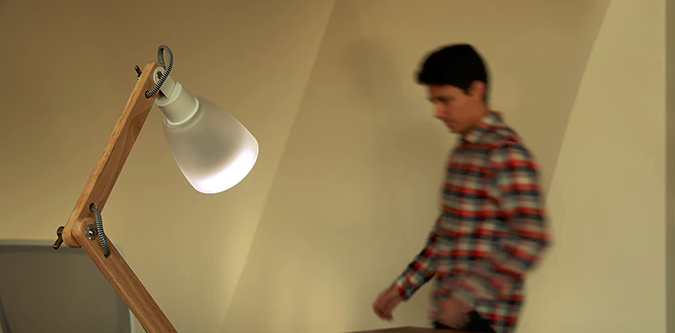Smart lights are undoubtedly cool. What’s not is the time spent digging through a light’s companion app for just the right setting, or having an assistant like Siri or Amazon’s Echo misunderstand a user’s command to turn one on or off. The Helium machine learning smart light is trying to get rid of the fuss for a smoother smart light experience.
Helium is three things in one: A machine learning connected light bulb, a night shift feature light, and a Wi-Fi extender. Its machine learning capabilities take into account time, location, weather, proximity and behavior to make it context aware. This results in lights turning on by themselves when entering a room, for example, and shifting to a bright white light during work hours for increased productivity or a warm white light right before bed for to better adhere to the body’s internal rhythms.

